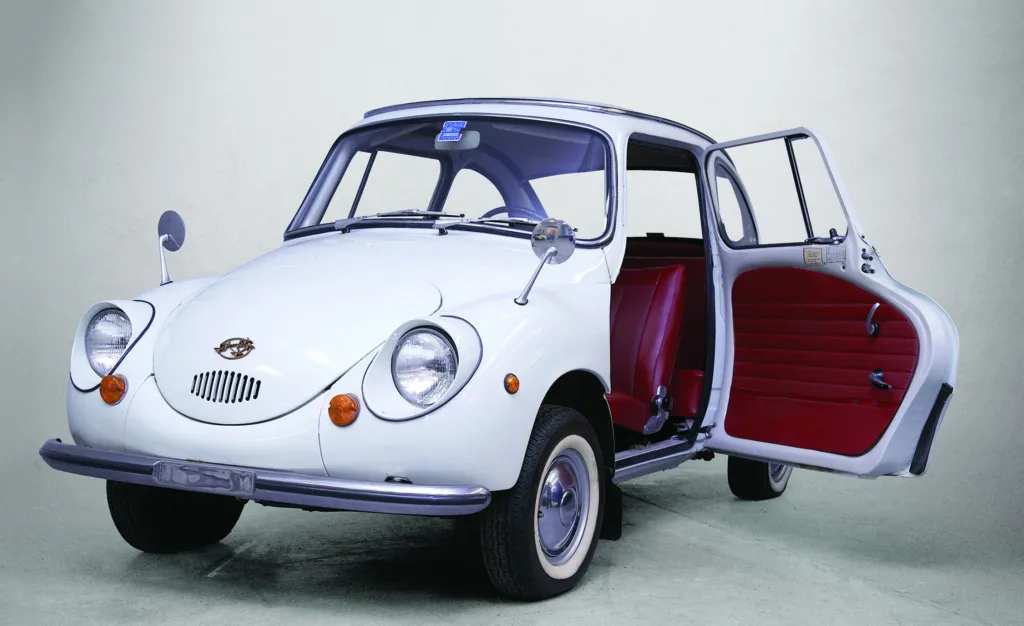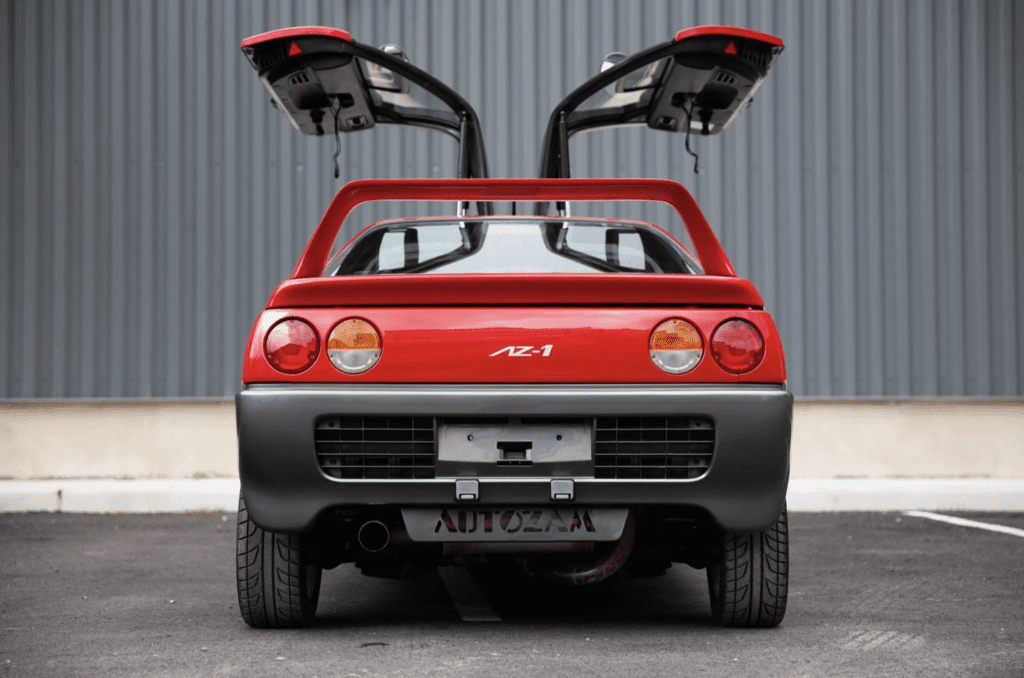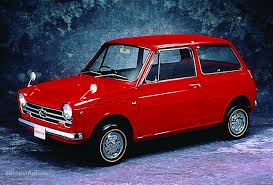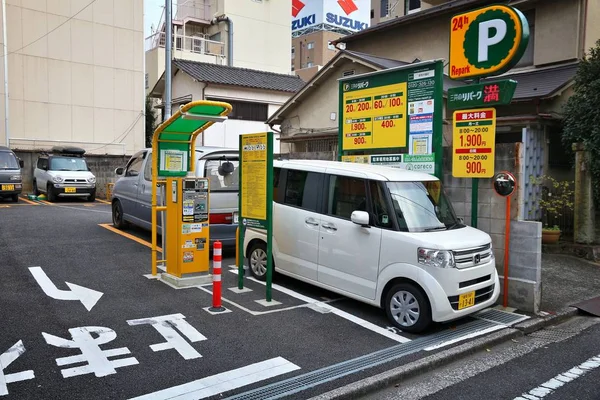What is a Kei Car? In Japan, the term “kei car” refers to a category of small vehicles that meet certain government regulations regarding engine displacement, size, and other specifications. These regulations were put in place in the 1950s to promote affordable and efficient transportation for the masses, and have since played a major role in shaping Japan’s car culture.
In this article, we’ll delve into the history of the kei car, explore the unique aspects of the kei car culture, and examine how this culture has evolved over time.

Planning a trip to Japan?
The History of the Kei Car
The kei car (軽自動車) category was created in response to Japan’s post-World War II economic situation. The country was facing a shortage of resources and a need for affordable transportation for its growing population. In 1949, the Japanese government introduced the Small Business Car Law, which provided tax incentives and other benefits to companies that produced small, fuel-efficient vehicles.

The first kei car, the Subaru 360, was introduced in 1958. It was a tiny vehicle with a 356 cc engine that could reach a top speed of just 60 km/h (37 mph). Despite its small size and low power, the Subaru 360 proved to be popular among Japanese consumers who were looking for an affordable and reliable car.

Over the years, other automakers such as Daihatsu, Suzuki, and Honda began producing kei cars, which became an important part of Japan’s automotive industry. Today, the kei car category accounts for around a third of all new car sales in Japan.
Kei Car Culture
The popularity of kei cars in Japan has given rise to a unique car culture that celebrates the small and quirky vehicles. Kei car enthusiasts, known as “kei-tora” or “kei truck” enthusiasts, modify their vehicles to make them stand out from the crowd.
One aspect of kei car culture is the popularity of “bosozoku” modifications. These modifications include large exhaust pipes, oversized fenders, and other extreme body modifications that are intended to make the vehicle appear more aggressive and powerful.
Another aspect of kei car culture is the love of kei trucks, which are small commercial vehicles that are popular for use in farming and other industries. Kei truck enthusiasts modify their vehicles with custom paint jobs, oversized tires, and other modifications to create unique and eye-catching vehicles.
Evolution of Kei Car Culture
Over time, the kei car culture has evolved and changed. In the 1980s and 1990s, kei car enthusiasts were known for their extreme modifications and loud, attention-grabbing vehicles.
In recent years, however, there has been a shift towards more subtle modifications and a greater emphasis on the original design of the kei car. Some enthusiasts are now restoring classic kei cars to their original condition, while others are modifying their vehicles in a way that enhances their performance and handling.
Today, the kei car culture is diverse and multifaceted, with a wide range of enthusiasts who appreciate the unique characteristics of these small vehicles. The holy grail of kei cars is currently considered to be the Mazda Autozam with it’s Ferrari look.

Regulations and Specifications for Kei Cars
The Japanese government has strict regulations in place for vehicles that fall into the kei car category. These regulations were designed to promote fuel efficiency, safety, and affordability. Some of the key specifications for kei cars include:
These regulations have helped to create a market for small, efficient vehicles that are popular among Japanese consumers.
Early Kei Cars and Their Impact on Japanese Society
The introduction of the kei car category in the 1950s had a major impact on Japanese society. Prior to the introduction of kei cars, car ownership was relatively rare in Japan due to the high cost of vehicles. The introduction of small, affordable kei cars made car ownership accessible to a much larger portion of the population.
One of the early kei cars, the Honda N360, was particularly popular due to its low price and good fuel efficiency. The N360 helped to establish Honda as a major player in the Japanese automotive industry.

Other popular kei cars from this era include the Mitsubishi Minica and the Subaru 360, which was the first kei car to be exported to the United States.
The Evolution of Kei Car Culture
In the 1980s and 1990s, kei car enthusiasts were known for their extreme modifications and loud, attention-grabbing vehicles. These modifications were often inspired by the “bosozoku” subculture, which celebrated rebellion and anti-authoritarianism.
However, in recent years, there has been a shift towards more subtle modifications and a greater appreciation for the original design of the kei car. Some enthusiasts are now restoring classic kei cars to their original condition, while others are modifying their vehicles in a way that enhances their performance and handling.
One factor that has contributed to this shift is the increasing popularity of “super kei” cars, which are slightly larger and more powerful than traditional kei cars. Super kei cars have opened up new possibilities for performance-oriented modifications, while still maintaining the spirit of the kei car category.
Kei Car Modifications: From Extreme to Subtle
Kei car enthusiasts are known for their creativity and ingenuity when it comes to modifying their vehicles. Some of the most popular modifications include:
In recent years, there has been a trend towards more subtle modifications that enhance the original design of the kei car. For example, some enthusiasts opt for classic wheels or period-correct accessories that give their vehicles a vintage look.
The Current State of Kei Car Culture
Today, the kei car culture in Japan is diverse and multifaceted. While some enthusiasts still prefer extreme modifications and flashy designs, there is a growing appreciation for the original design and engineering of kei cars.
One aspect of kei car culture that has remained consistent is the sense of community and camaraderie among enthusiasts. Kei car clubs and events are popular throughout Japan, and provide opportunities for enthusiasts to connect and share their passion for these unique vehicles.

In addition, kei cars remain popular among Japanese consumers due to their fuel efficiency, affordability, and compact size. While larger vehicles are also available, many Japanese drivers prefer the convenience and maneuverability of kei cars.
Another trend in recent years is the increasing popularity of electric kei cars. These vehicles offer even greater fuel efficiency and lower emissions, making them a popular choice among environmentally-conscious consumers.
Overall, the kei car has played an important role in Japanese society and automotive history. From its humble beginnings as a small, affordable vehicle, the kei car has evolved into a diverse category that encompasses a wide range of vehicles and enthusiasts. Whether it’s through extreme modifications, subtle customizations, or simply enjoying the original design of these unique vehicles, kei car culture continues to thrive in Japan and around the world.
Summary
The kei car is a unique category of small, efficient vehicles that has had a significant impact on Japanese society and automotive history. The strict regulations and specifications for kei cars have helped to promote fuel efficiency, safety, and affordability, making car ownership accessible to a wider portion of the population.
Over the years, kei car culture has evolved from extreme modifications and flashy designs to a greater appreciation for the original design and engineering of these vehicles. While some enthusiasts still prefer to modify their kei cars in bold and unconventional ways, there is a growing trend towards more subtle customizations that enhance the original design of the vehicle.
Despite these changes, one thing that has remained consistent is the sense of community and camaraderie among kei car enthusiasts. Kei car clubs and events continue to be popular throughout Japan, providing opportunities for enthusiasts to connect and share their passion for these unique vehicles.
Overall, the kei car is a symbol of Japanese innovation and creativity, and continues to play an important role in the country’s transportation and automotive culture.
Disclaimer: If you use the link on this page to purchase travel insurance, we will receive a fee from Freely, a brand of Cover-More Insurance Services Pty Limited ABN 95 003 114 145 (AFSL 241713) (Cover- More). We do not act for Cover-More or Freely. The information provided is only on the availability of Freely products. We do not give advice & the information provided is not intended to give an opinion or recommendation regarding the product. For information on how to contact Cover-More or Freely refer to the PDS, FSG & TMD which can be found on the Freely website.



